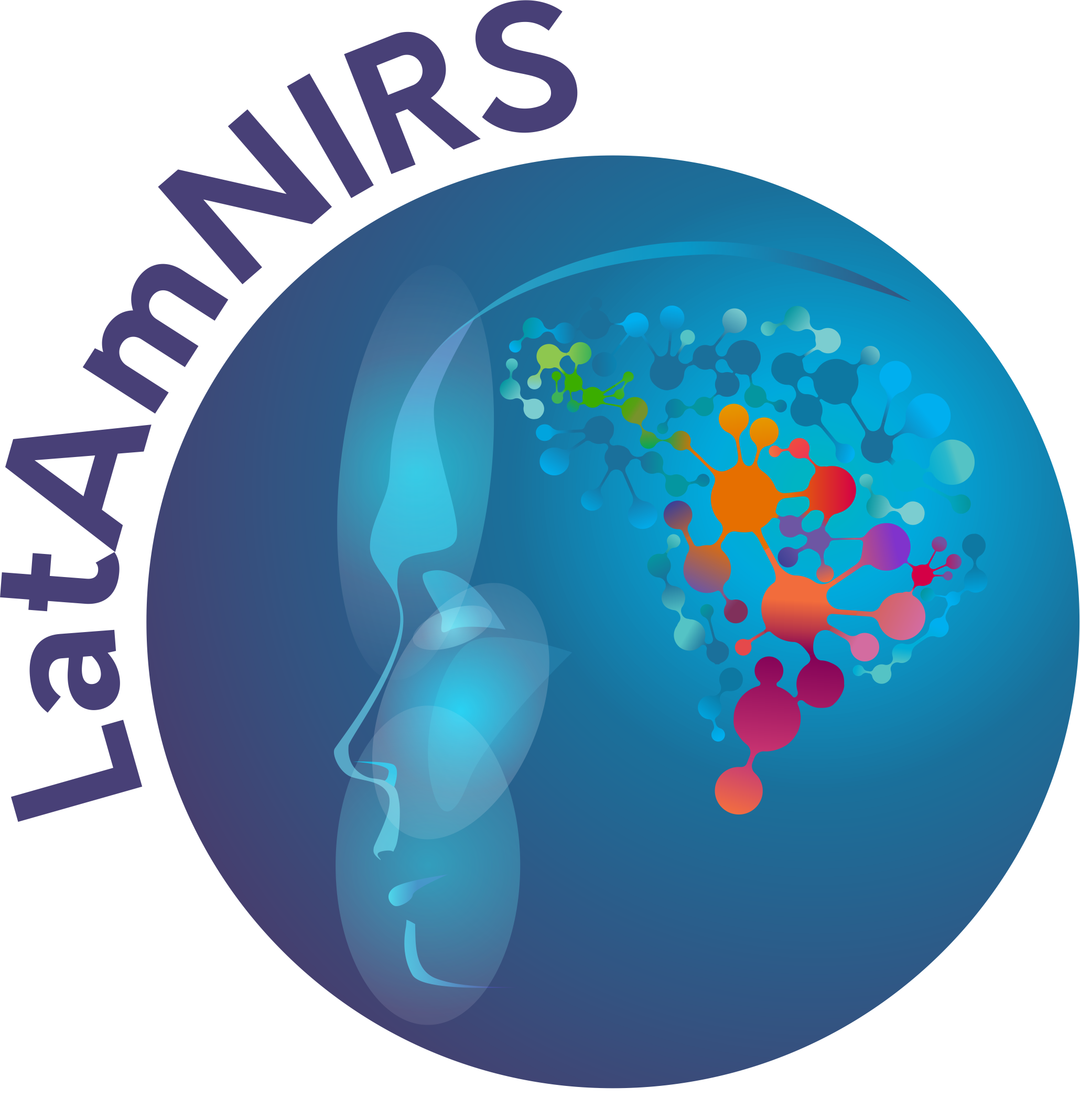Light-emitting diode
Definition: Light-emitting diode is a p-n junction, a semiconductor-based optoelectronic device, driven by a current  into forward bias. Electrons and holes recombine close to the junction between the p- and n-materials and give out radiation with a frequency determined by the photon energy which in turn is determined by the material’s impurities or band gap. Some fraction of the forward current
into forward bias. Electrons and holes recombine close to the junction between the p- and n-materials and give out radiation with a frequency determined by the photon energy which in turn is determined by the material’s impurities or band gap. Some fraction of the forward current  is then turned into useful light
is then turned into useful light  (power) formed from photons with a mean energy
(power) formed from photons with a mean energy  . The quantum efficiency is
. The quantum efficiency is  . The more efficient light emitting diodes have a well-defined recombination region (volume
. The more efficient light emitting diodes have a well-defined recombination region (volume  ).
Alternative definition: An LED is a semiconductor device in which light is generated when an electric current is passed through it. The generated light has a wider spectral width and lower output power compared to a laser. However, LEDs have the advantage of being fairly inexpensive and portable.
Synonym:
References: J.E. Carroll. Rate Equations in Semiconductor Electronics. Cambridge University Press, 1990.
Related terms: emitter, source, laser, transmitter
).
Alternative definition: An LED is a semiconductor device in which light is generated when an electric current is passed through it. The generated light has a wider spectral width and lower output power compared to a laser. However, LEDs have the advantage of being fairly inexpensive and portable.
Synonym:
References: J.E. Carroll. Rate Equations in Semiconductor Electronics. Cambridge University Press, 1990.
Related terms: emitter, source, laser, transmitter
